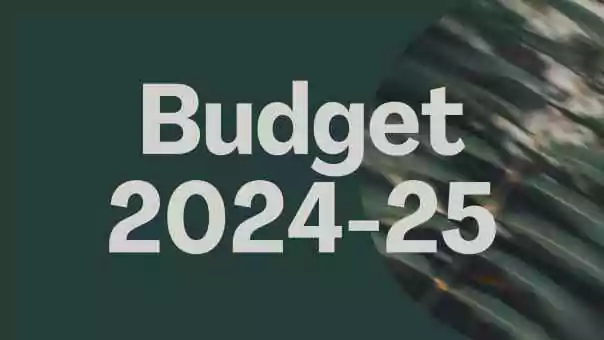Pakistan’s upcoming budget for the 2024-25 fiscal year is shaping up to be a challenging one, with analysts at Insight Research predicting a focus on long-term reforms over populist measures.
This shift comes amidst Pakistan’s ongoing economic struggles and its need to secure a new program with the International Monetary Fund (IMF).
The 2024-25 budget holds significant weight as Pakistan seeks to build upon the fragile economic stability achieved through a recent 9-month IMF program. This new program is critical for Pakistan’s economic growth trajectory.
However, the path forward is unlikely to be smooth. Internal and external challenges loom large, demanding tough decisions from the government. The upcoming budget is seen as a crucial step towards securing a new IMF program, and as such, is expected to prioritize necessary reforms over populist crowd-pleasers.
Populism vs. Pragmatism: Broadening the Tax Base Takes Center Stage
Successive Pakistani governments have historically favored populist approaches, often shying away from difficult reforms. However, the current situation leaves the government with little room for maneuver. The analysts emphasize the need for a concrete plan to navigate the economic crisis, and expanding the tax base is considered the top priority.
Currently, the tax burden falls heavily on existing taxpayers, while sectors like agriculture and retail, significant contributors to GDP, see minimal tax collection. This inequity needs to be addressed.
From an investor’s perspective, a budget that prioritizes structural reforms, even if it leads to inflation and higher taxes, will be viewed positively as a sign of the government’s commitment to long-term economic health.
Revenue Targets and Strategies
Reports suggest a revenue target of Rs 14.6 trillion for the next fiscal year, with the Federal Board of Revenue (FBR) aiming to collect Rs 11.5 trillion in taxes. This represents a significant increase of approximately 22% compared to the previous year.
Broadening the tax base is crucial to achieving this target. The IMF has repeatedly emphasized this point in its review reports. Further squeezing existing taxpayers, already burdened by inflation, is not a sustainable solution.
Possible measures to achieve this target include:
• Increasing withholding taxes on non-filers.
• Raising the Goods and Services Tax (GST) by 1% on all supplies.
• Imposing a GST on previously exempted items.
• Reducing the number of tax slabs, potentially leading to higher taxes for salaried individuals and businesses.
• While there’s a proposal to reintroduce GST on petroleum products, the government might instead increase the Petroleum Development Levy (PDL) to keep it outside the divisible pool.
Non-Tax Revenue on the Rise
Non-tax revenue has seen a positive trend in the current fiscal year, with collections reaching Rs 2.5 trillion compared to Rs 1.3 trillion last year. This significant rise is attributed to higher profits from the State Bank of Pakistan (SBP) and increased petroleum levy collections. This trend is expected to continue, providing some support to the government’s overall revenue collection efforts.
Markup Payments: A Looming Challenge
Interest payments on debt continue to be a major drain on government resources. In the current fiscal year, markup payments have already reached Rs 5.5 trillion, a sharp increase from Rs 3.5 trillion the previous year. This rise is due to both higher debt levels and increased borrowing costs.
For the upcoming year, markup payments are projected to reach Rs 9.7 trillion, despite an anticipated reduction in the policy rate. This continued reliance on borrowing is likely to result in higher domestic debt and even greater interest burdens.
Limited Fiscal Space for Development Spending
The substantial burden of markup payments, combined with fixed expenditures for defense and civil operations, leaves limited room for development spending in the upcoming budget. Analysts predict a federal Public Sector Development Programme (PSDP) budget of around Rs 1 trillion, with actual spending potentially falling short of this target.
Inflationary Pressures vs. Potential Monetary Easing
The upcoming budget is likely to bring inflationary pressures due to various tax measures. The most significant factor could be the implementation of a carbon levy or an increase in the PDL, leading to higher fuel prices. A potential Rs 40 per liter increase in petrol prices alone is projected to raise average inflation by approximately 0.7%. The secondary effects of this increase, impacting the prices of a wide range of goods, are likely to be even more substantial.
Despite these inflationary pressures, analysts believe that headline inflation will likely remain below the current policy rate. This could allow the central bank to consider monetary easing in the latter half of 24, albeit with a gradual and moderate pace of decline.
Looking Ahead: A Balancing Act
Pakistan’s upcoming budget is expected to be a balancing act, prioritizing long
